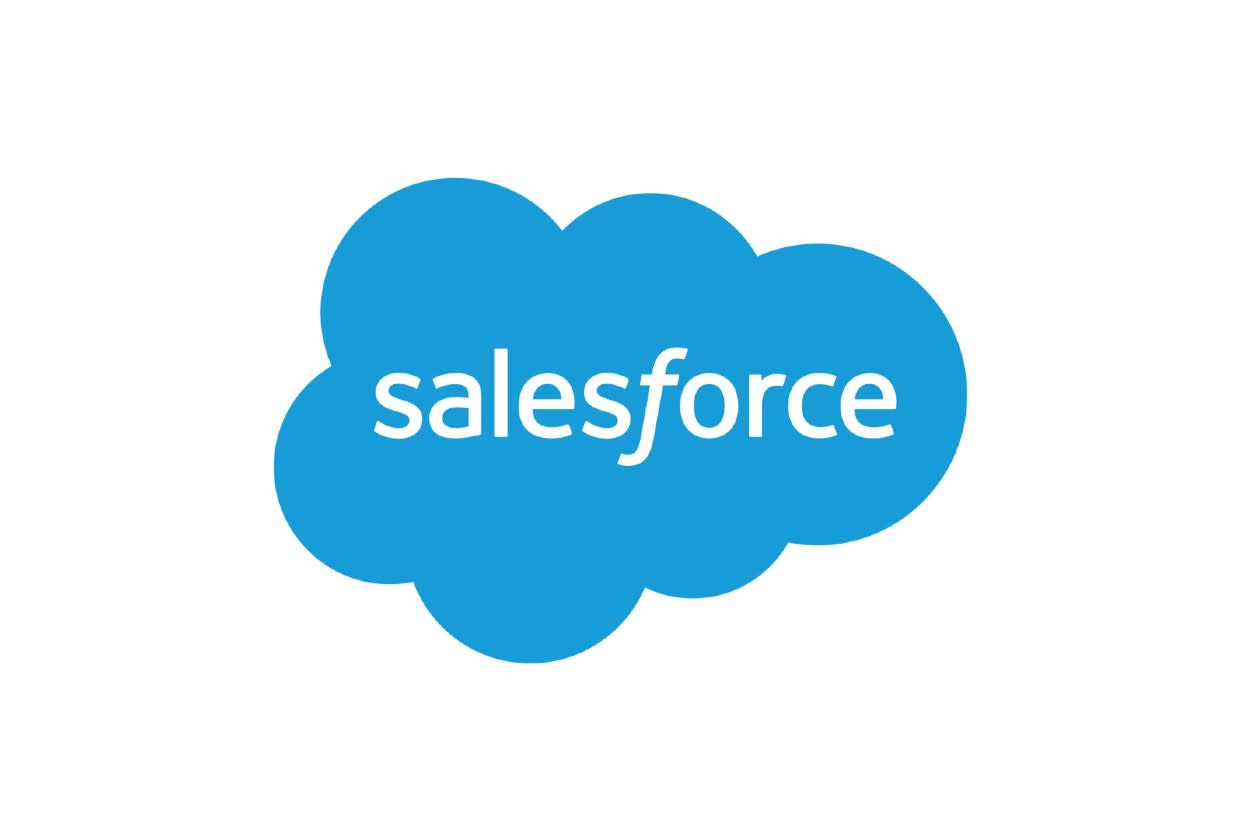Salesforce reported second-quarter revenue of $9.3bn, up 9% ignoring currency moves. Within that, Subscription & Support revenue rose 10% to $8.8bn. Cost control helped underlying operating income rise 16% to $3.1bn. Both revenue and profit were better than expected.
Free cash flow rose 20% to $0.8bn. Net cash, including leases, was $1.2bn at the end of the period. The group returned $4.3bn through buybacks plus $0.4bn in dividends.
For the third quarter, revenue is expected to grow 7% to $9.31-$9.36bn. Full-year guidance largely remains intact, looking for 8-9% revenue growth to $37.7-$38.0bn.
The shares rose 4.3% in pre-market trading.
Our view
Salesforce is a giant in the world of customer relationship management and cloud-based business solutions. After a poor start to the year and a reset of expectations, second quarter results were back on the right tracks.
Having spent the past year or two rightsizing the business, costs are in a much better position and the benefits are being felt on both the profit and cash flow lines. This was a necessary process, but focus now rightly turns to top-line growth.
The tricky macroeconomic environment is one of the reasons for the slowdown in sales growth, now trending around the 10% mark compared to the mid-twenties seen a few years ago. Many had hoped that a bright spark in bookings toward the end of last year would be a turning point, but that’s not the case. Businesses are still being selective with their software spend.
There are two major levers for growth from here. Firstly, through better bundling of its cloud products and improved use of its treasure trove of data. There’s a very clear correlation between annual recurring revenue per customer and the number of cloud products they adopt. The trick is to ensnare customers so deep into the ecosystem that it becomes very hard to ever leave. Salesforce, with its huge breadth of interlinked products, is well-placed to do just that.
Artificial Intelligence (AI) is the other major growth lever. Salesforce enables customers to get all their data into one place. From there, AI tools can add value. It’s still early days but adoption of existing tools looks promising, and Salesforce is set to be one of the first businesses to offer AI agents at scale. These can perform a wide range of tasks without constant prompting, meaning the productivity benefit for customers could be massive. It’s the most exciting innovation to come from Salesforce for some time – executing is the next challenge.
Cost controls mean cash flow is healthy, and the growth over the past four years has been impressive – to the tune of around 30% per year. The balance sheet has plenty of wiggle room too, giving scope to support ongoing buybacks, a recently introduced dividend, and acquisitions. As ever, nothing is guaranteed.
Salesforce has a great product range, with a wide array of data and growth levers to pull. The valuation doesn’t look too demanding to us on a long-term view. But after a period of getting fit, it now needs to reaccelerate top-line growth, which will be a tough ask this year.
Environmental, social and governance (ESG) risk
The technology industry is low risk in terms of ESG, though some segments are more exposed, like Electronic Components (environmental risks) and data monetisers (social risks). Business ethics tend to be a material risk within the tech sector, ranging from anti-competitive practices to intellectual property rights. Historically the sector has flown under the radar when it comes to regulatory oversight, but more recently we’ve seen regulators keen to get involved given the high-profile of some of the “big tech” names. Other key risk drivers include labour relations, data privacy, product governance and resource use.
According to Sustainalytics, Salesforce’s management of material ESG issues is strong.
Salesforce’s nominating and corporate governance committee periodically reviews the company’s ESG initiatives, while its cybersecurity team conducts regular assessments and operates 24/7 for incident response. The company also conducts annual employee surveys, runs an apprenticeship program. There’s also an audit committee overseeing compliance and ethics, supported by a third-party hotline for anonymous reporting.
Salesforce key facts
All ratios are sourced from Refinitiv, based on previous day’s closing values. Please remember yields are variable and not a reliable indicator of future income. Keep in mind key figures shouldn’t be looked at on their own – it’s important to understand the big picture.
This article is not advice or a recommendation to buy, sell or hold any investment.No view is given on the present or future value or price of any investment, and investors should form their own view on any proposed investment.This article has not been prepared in accordance with legal requirements designed to promote the independence of investment research and is considered a marketing communication.Non - independent research is not subject to FCA rules prohibiting dealing ahead of research, however HL has put controls in place(including dealing restrictions, physical and information barriers) to manage potential conflicts of interest presented by such dealing.Please see our full non - independent research disclosure for more information.


